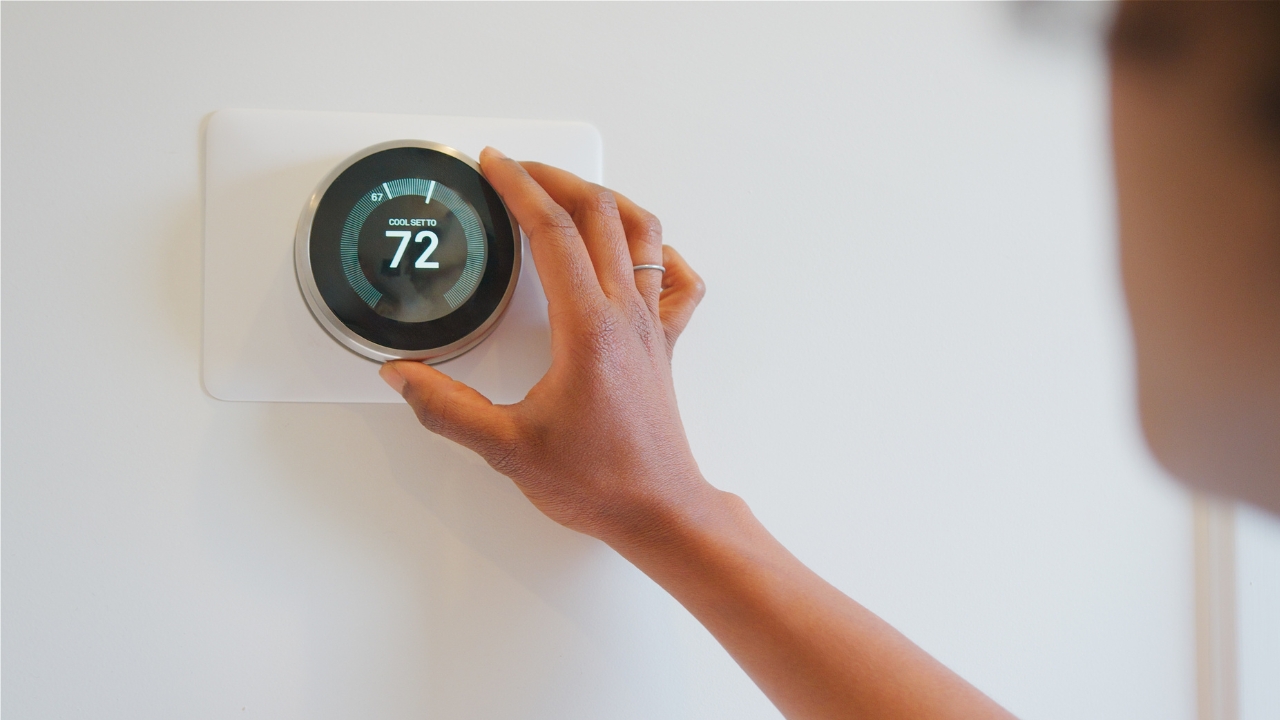7 Home Upgrades That Will Actually Lower Your Power Bill
Tired of watching your power bill creep higher every month? You’re not alone. The good news is that a few smart home upgrades can make a real difference—without forcing you to live in the dark or freeze in the winter. Whether you’re looking for a quick fix or a long-term investment, these upgrades can help slash your energy costs while keeping your home comfortable.
Swap Out Old Appliances for Energy-Efficient Models

That 10-year-old fridge might still work, but it’s likely eating up way more power than you think. Older appliances weren’t built with energy savings in mind, and as they age, they get even worse. Upgrading to ENERGY STAR-rated models can cut power usage significantly, especially for big-ticket items like refrigerators, washers, and dishwashers.
Even smaller swaps—like switching to an induction cooktop or a heat pump dryer—can add up. It’s an investment upfront, but lower energy bills will help you recoup the cost over time.
Upgrade to a Smart Thermostat

If you’re still using a manual thermostat, you’re probably wasting energy without even realizing it. A smart thermostat learns your schedule and adjusts temperatures automatically, so you’re not heating or cooling an empty house.
Many models also let you control everything from your phone, which means no more forgetting to turn down the heat before heading out. Some even track energy use and suggest ways to save, making it easier to cut down on waste without sacrificing comfort.
Seal Air Leaks and Add Insulation

If your home has drafts, your HVAC system is working overtime to keep up. Small gaps around doors, windows, and vents let warm or cool air escape, which means higher energy bills. Sealing those leaks with weatherstripping or caulk can make a noticeable difference.
Adding extra insulation, especially in the attic or crawl spaces, helps maintain a steady temperature inside. This means your heating and cooling system doesn’t have to fight against outdoor temperatures as much, saving you money year-round.
Switch to LED Lighting

Still using old-school incandescent bulbs? Time to switch. LED bulbs use about 75% less energy and last way longer, meaning you’ll spend less on replacements and electricity. Plus, they don’t give off as much heat, which helps keep cooling costs down in the summer.
And if you really want to take things up a notch, consider smart LED bulbs. These let you dim or turn off lights remotely, schedule them to shut off automatically, and even adjust color temperatures to match your mood—all while using minimal energy.
Install Solar Panels (or at Least Solar-Powered Devices)

Solar panels can seem like a big investment, but they can drastically cut or even eliminate your electricity bill in the long run. Depending on where you live, tax incentives and rebates might make them more affordable than you think.
Not ready for a full system? Smaller solar-powered upgrades—like outdoor solar lights, solar water heaters, or portable solar chargers—can still help offset your energy use without the big upfront cost.
Get a High-Efficiency Water Heater

Heating water is one of the biggest energy drains in a home, especially if you’re still using an old tank-style water heater. Tankless water heaters only heat water when you need it, which means no more wasting energy keeping a huge tank of water hot all day.
Another great option? Heat pump water heaters. They use a fraction of the energy compared to standard models by pulling heat from the surrounding air to warm up your water. It’s a simple swap that can lead to serious savings over time.
Upgrade Your Windows (or At Least Cover Them)

Single-pane windows leak heat like crazy, making your HVAC system work overtime. If replacing windows isn’t in the budget, adding insulated curtains, blinds, or window film can help block heat loss in the winter and keep things cooler in the summer.
For a more permanent fix, upgrading to double-pane or low-E windows improves insulation and reduces energy waste. You’ll notice a difference not just in your power bill, but in overall comfort—no more freezing near windows in the winter or baking in the summer sun.







